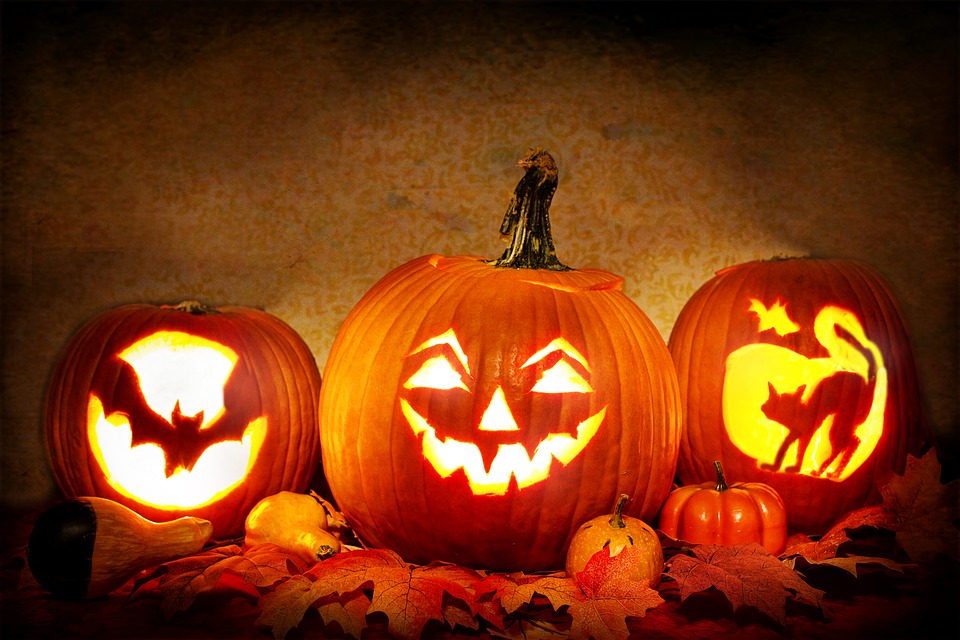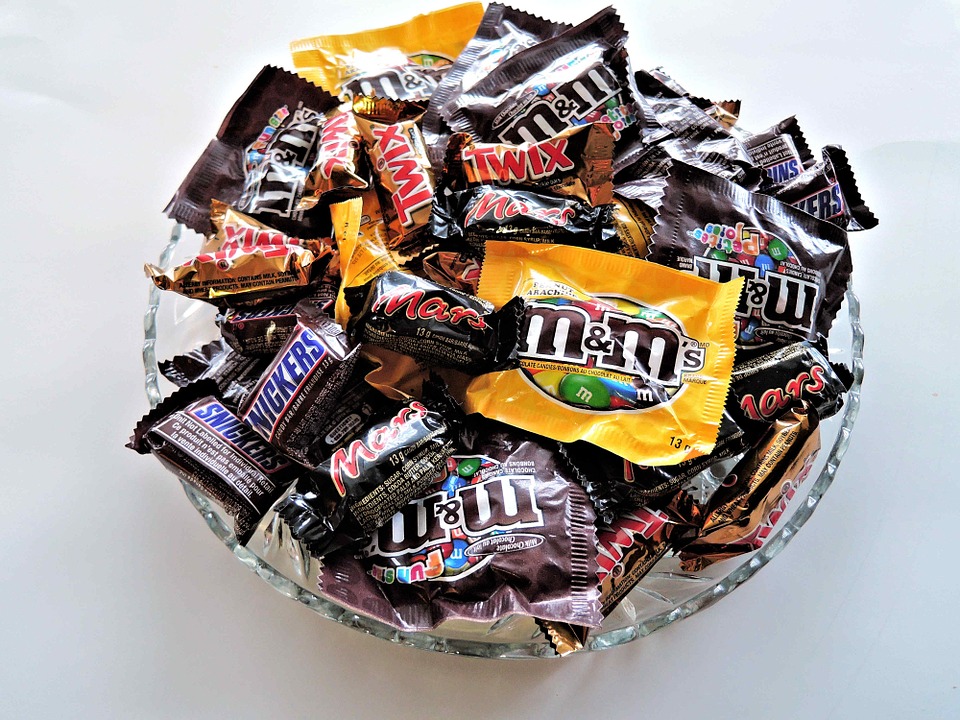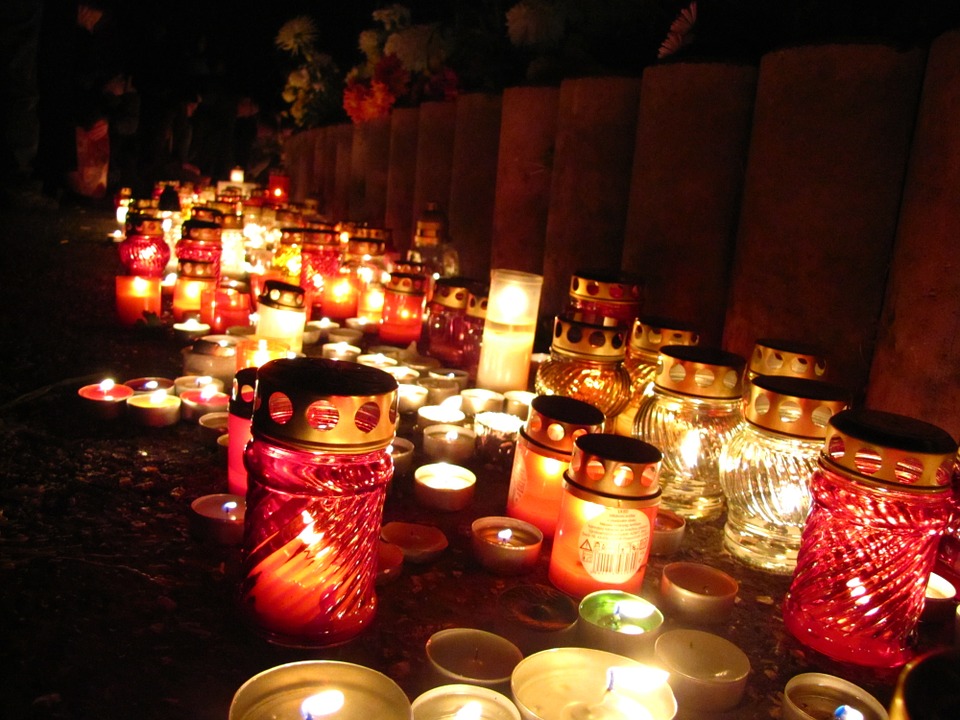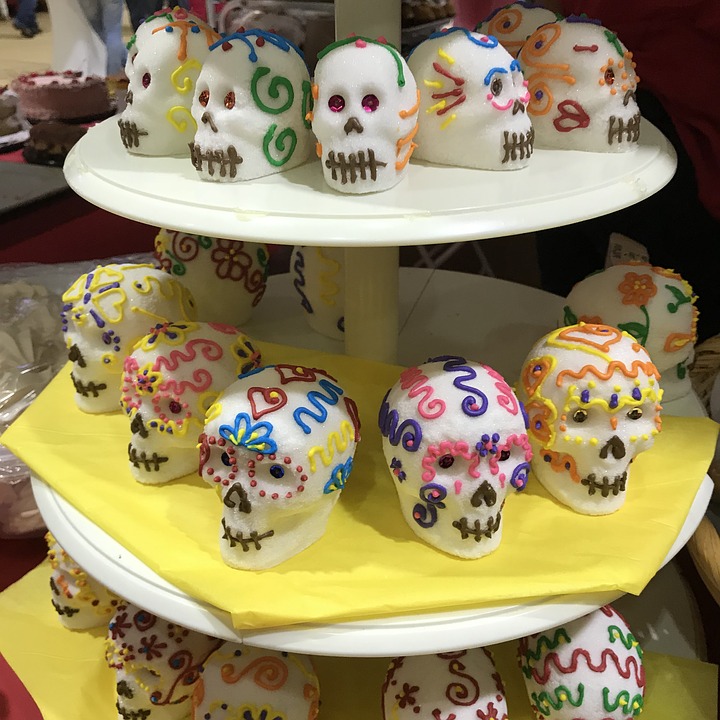*Originally published in 2019:
The Day of the Dead (aka Día de Los Muertos) is often confused with or encompassed in Halloween, however, it's a completely different and unique holiday.
Contrary to what is widely believed, Día de Los Muertos is not the Mexican version of Halloween. While they may be related, they are not interchangeable—although, both involve costumes and festivities and have their roots in ancient customs and practices.
So, to help with the confusion, we've decided to delve a little deeper and look at what the differences between Halloween and Día de Los Muertos really are.
History of Halloween

Halloween, All Hallows Eve, All Souls Day ... there are many names for the celebration that falls on October 31 every year.
With origins tracing back to the traditional celebration of Samhain in the Celtic religion, Halloween began as a festival to keep ghosts at bay and has grown and evolved into the celebration of parties and costumes that we all love today. The ancient Celtic festival of Samhain was celebrated to observe the end of summer, to celebrate the harvest of crops, and to usher in the cold dark winter season. The ancient Celts believed the line between worlds was blurred on the night of the new year, allowing for the living and the dead to mingle. The belief was that the spirits of those who had departed would return on this night—a haunting, of sorts—causing damage and fright, as well as connecting with the Druid priests, making it easier on this night for them to predict the future. The prophecies helped sustain the people’s faith and beliefs, as well as provided comfort through the long, hard days of winter.
The Druids would hold large celebrations on this day, dressing up in animal skins and furs, sometimes wearing the heads as masks to disguise themselves from the ghosts; building large sacred bonfires; and making sacrifices by burning crops and livestock to impress the Celtic gods. The fire was used to relight their hearth fires—the sacred flame believed to offer protection during the harsh winter to come.
As the Roman Empire conquered Celtic lands, the spread of Christianity began to take over and combined with some of the traditional Celtic celebrations. The celebration of Samhain became part of Roman festivals of Feralia, held in late October to mourn the dead, and a festival celebrating Pomona (aka the goddess of fruit and trees). This is said to be tied to the Halloween tradition of bobbing for apples.
At the time of the 9th century, the church’s celebration of All Souls Day was held on November 2 and had encompassed the older celebrations of the dead. Bonfires were held, parades, and dressing up as angels, demons, and devils became the tradition. All Saints Day was also called All-Hallows, and it fell on the day after the traditional Celtic festival of Samhain, which became known as All Hallows Eve, and later, Halloween. (Learn more about the haunted history of Halloween here!)
As people began to emigrate to America, the celebration of Halloween spread to the New World and began to take on new elements and traditions until it evolved into the spooky celebration that we all know and love today. It became less of a religious celebration and more about community, taking on the well-known symbols of a black cat, a jack-o-lantern, and a witch’s hat.

"Trick-or-treat" is something we all know and expect to hear on Halloween, but do you know where it comes from? In the early days of American celebrations, young women borrowed the Celtic and Irish traditions of doing tricks with yarn, mirrors, or apple peels to see if they could discover the name of their future husbands. Additionally, people would dress up and go house to house, asking for food, which eventually became the modern practice of asking for candy. It replaced the very old traditions of leaving bowls of food outside for the visiting spirits.
Black cats have long been associated with witches, and there is a belief that dates to the Middle Ages when people believed that witches could shapeshift into the form of a cat when they needed to hide. The jack-o’-lantern stems from an old Irish folktale of a man named Jack, who played a series of tricks on the Devil. Banished from heaven and hell, the man’s eternal soul roamed the earth, guiding his way with a lantern carved from a turnip and lit with a piece of burning coal, courtesy of the Devil. People began to carve their own lanterns with scary faces to ward off evil spirits like old Jack, and "Jack of the Lantern" became what we know as the smiley-faced pumpkin set outside to light the way of revelers on the night of Halloween. When the Irish started to settle in America, they discovered that the pumpkin, which grows natively in the Americas, was the perfect vessel for carving these lanterns and is now a staple of Halloween fun across the country.
Today, Halloween is one of the biggest holidays celebrated in America, with spending in the billions. Only Christmas has more retail success than Halloween, to put a bit of perspective on the amount we spend on this one night of ghoulish fun.
History of Día de Los Muertos

Día de Los Muertos is a celebration to remember, respect, celebrate, and honor those who have passed on in death. The holiday takes place from November 1-2, though, celebrations can begin as early as October 28. Día de Los Muertos is about celebrating and lifting up the memories of those that have died, inviting the spirits back into their homes for the holiday to be part of the family.
The holiday began in ancient times, with the pre-Hispanic indigenous peoples, the tribes of the Aztecs, the Nuhau, and the Toltec people. Mourning the dead was not honor, it was disrespect in those cultures, rather, they believed the dead were still among the community—they were part of life, alive in spirit and in memory. On Día de Los Muertos, the dead returned to the earth, crossing the celestial plane in the time that coincides with the fall harvest.
The holiday is strongly associated with the beliefs of the early people of what is now Mexico. The dead move on to a place known as the Land of the Dead, Chicunamictlán. This place has nine levels that the deceased must work through to reach the final peace and rest in Mictlán, and those still living provide sustenance and tools for the journey through annual rituals held to honor those who had passed.
Today's celebrations are a combination of these early traditions and other Catholic and Christian celebrations that followed, such as the earlier-mentioned All Souls Day, as well as practices from Europe and the people of Spain.

It is believed that when family members leave offerings of food, lit candles, and pictures of their departed loved ones on an alter, an ofredna, in their homes or in graveyards, it will welcome their souls back to the land of the living. People dress up as skeletons in fun, but also, to attract the souls of those who have passed on, wanting to keep them earthbound. Music, feasting, dancing, and more activities make this holiday a celebration of life.
The skulls associated with Día de Los Muertos represent the Aztec goddess of the underworld, Mictecacíhuatl. Very colorful and ornate sugar skulls are seen on masks and as edible treats, as well as on decorations and face paint. Sugar skulls themselves can be traced back to 17th-century Italian missionaries who practiced sugar arts, then the practice traveled to the Americas as more and more people headed to the New World.

Learning the history and stories of both Halloween and Día de Los Muertos helps with our overall understanding and respect for other cultures. One holiday does not exclude the other, and let’s be real, who doesn’t love free candy? We must admit, the thought of someone making green chile tamales or that special lasagna every year to honor the memory of a friend or relative who passed away seems like something we should have been doing already.
--
Stay in the know of events, news, and more in your local community! Sign up for our free Our Community Now newsletter for the latest!
